Denmark, a small Nordic nation known for its egalitarian welfare state and historically liberal stance on humanitarian protection, has undergone a profound transformation in its migration policies over the past two decades. This shift, often termed the paradigmeskiftet or "paradigm shift," has positioned Denmark as a trailblazer in adopting restrictive approaches to immigration, particularly humanitarian protection. By making all refugee statuses temporary, exploring external asylum processing arrangements with countries like Rwanda, and implementing controversial measures such as the 2016 "jewelry law," Denmark has become a focal point in the global debate on migration management. This article delves into the historical context, policy changes, societal impacts, and broader implications of Denmark’s evolving migration framework, exploring hidden truths, underlying motivations, and the influence of these policies on both regional and global stages.
Historical Context: From Liberalism to Restriction
Early Migration Patterns and Denmark’s Openness
Denmark’s migration history reflects broader European trends, shaped by economic needs, geopolitical events, and humanitarian obligations. In the late 19th and early 20th centuries, Denmark primarily welcomed seasonal labor migrants from neighboring Germany and Sweden, as well as rural Poland, to support its agricultural sector, particularly in potato harvesting and dairy farming. These early movements laid the groundwork for Denmark’s experience with immigration, though they were limited in scope and scale.
Post-World War II, Denmark faced a significant influx of German refugees fleeing the advancing Red Army, with the Oksbøl camp in Jutland housing 35,000 individuals, marking the largest refugee camp in Danish history. During the Cold War, Denmark extended protection to exiles from Hungary (1956), Chile, and Vietnam, reflecting its commitment to the 1951 Refugee Convention, which it was among the first to sign. The 1960s and 1970s saw guestworker programs bringing workers from Turkey, Pakistan, Yugoslavia, and Morocco, though these were halted in 1973 due to economic shifts.
The 1980s and 1990s brought new waves of humanitarian migration due to conflicts in the Middle East and the Balkans. Refugees from Iran, Iraq, Lebanon, Afghanistan, and Bosnia arrived, prompting Denmark to formalize its humanitarian framework through the 1983 Aliens Act, which was notably liberal for its time. Denmark’s participation in the UNHCR resettlement program, accepting around 500 refugees annually, further underscored its commitment to international protection.
The Turning Point: Post-2000 Policy Shifts
The early 2000s marked a turning point in Danish migration policy. The 2015-16 European migration crisis, which saw an influx of asylum seekers from Syria, Afghanistan, Eritrea, and Somalia, catalyzed a shift toward restriction. Denmark received approximately 31,000 Syrian refugees during 2014-16, a significant number for a country of its size. Public and political attitudes hardened, driven by concerns over integration, welfare sustainability, and cultural cohesion in a traditionally homogeneous society.
The center-left Social Democrats, under Prime Minister Mette Frederiksen since 2019, embraced policies traditionally associated with the right-wing Danish People’s Party (DPP). This cross-party consensus on restrictive measures, including the 2016 "jewelry law" allowing authorities to confiscate asylum seekers’ valuables above 10,000 Danish kroner (approximately $1,500), signaled a departure from Denmark’s earlier liberal stance. The law, widely criticized internationally, aimed to offset the costs of asylum processing but was seen by many as a symbolic deterrent.
The Paradigm Shift: Temporary Protection as the New Norm
Legislative Changes and the Temporary Protection Framework
The paradigmeskiftet, formalized through 114 legislative restrictions in 2019, redefined Denmark’s approach to humanitarian protection. A cornerstone of this shift was the introduction of temporary subsidiary protection status under the Aliens Act, making all humanitarian residence permits temporary, regardless of protection needs. This policy applies even to resettled refugees, marking a significant departure from the previous assumption that integration would lead to permanent residency.
The Danish government established the Danish Return Agency (Hjemrejsestyrelsen) in 2020 to facilitate the repatriation of immigrants without legal status. As of December 2022, approximately 550 rejected asylum seekers were in the agency’s return planning phase. However, repatriation efforts face challenges due to non-cooperation from countries of origin, such as Syria under the former Assad regime. Refugees whose residence permits are denied are often placed in departure centers (udrejsecentre), designed to encourage voluntary return through restrictive conditions, such as lack of cash benefits or work rights.
"The temporary protection framework is a deliberate strategy to deter long-term settlement and prioritize self-sufficiency," notes migration scholar Jens Vedsted Hansen. "It reflects a broader political consensus that migration must align with Denmark’s welfare state model."
Integration and Repatriation: A Contradictory Approach
Denmark’s migration policy emphasizes self-sufficiency through labor market integration, aiming to reduce welfare dependency. Permanent residence is possible but requires eight years of residency, passing language tests, and proof of full-time employment for at least 3.5 years in the last four years. These stringent criteria reflect Denmark’s focus on economic contribution over multicultural integration.
However, the temporary protection framework creates a paradox. While integration programs encourage refugees to participate in the labor market, the constant threat of repatriation undermines long-term commitment. Researchers like Katrine Syppli Kohl argue that departure centers, where families are often separated once children reach 18, are designed to "motivate" voluntary return through psychological pressure, raising ethical concerns about their impact on refugee well-being.
Demographic Changes and Public Debate
Evolving Demographics
Denmark’s immigrant population has grown significantly, from 2.6 percent in 1980 to 12.6 percent in 2025, with an additional 3.7 percent comprising Danish-born children of two immigrant parents. As of 2025, Denmark’s total population of nearly 6 million includes 753,000 immigrants and 224,000 descendants. The largest foreign-born groups are from Nordic countries (205,000), followed by Turkey (7 percent), Poland (6 percent), and Ukraine, Romania, and Syria (5 percent each).
Despite this diversity, Denmark has resisted embracing multiculturalism. Unlike countries like Canada or Sweden, which have explicit policies to promote ethnic diversity, Denmark’s integration efforts focus on assimilation, prioritizing Danish language proficiency and economic self-reliance. Family reunification rules, among the strictest in Europe, favor high-income, educated immigrants, requiring both partners to be at least 24, meet integration criteria, and provide a financial guarantee of 59,052 Danish kroner (approximately $8,900).
Public and Political Discourse
Migration has been a central issue in Danish politics for decades, with the 2015-19 period consolidating a restrictive consensus. The Social Democrats’ adoption of DPP policies has been pivotal in maintaining their political dominance, contrasting with other European countries where far-right parties have gained ground. However, this shift has not been without controversy. In 2021, two Danish MPs accused migration scholars of promoting "anti-science" activism, reflecting the politicization of migration research.
Labor migration has also sparked debates about "social dumping," where employers hire foreign workers at lower wages, bypassing Denmark’s "flexicurity" labor model. This model, based on tripartite negotiations between trade unions, employers, and the government, ensures high job mobility and unemployment benefits but struggles to regulate low-skilled sectors like construction and the gig economy, where migrant workers are often exploited.
Denmark’s Role in EU Migration Policy
Opt-Outs and Independence
Denmark’s four EU opt-outs (euro, justice and home affairs, citizenship, and defense until 2022) grant it significant autonomy in migration policy. Unlike other EU member states, Denmark is not bound by EU asylum standards, except for the Dublin III and Eurodac regulations. This flexibility has allowed Denmark to pioneer restrictive measures, such as temporary protection and external asylum processing.
In May 2024, Denmark led 14 EU member states in calling for stricter migration controls, including "return hub mechanisms" to transfer rejected asylum seekers to third countries like Kosovo. Denmark’s memorandum of understanding with Rwanda for external asylum processing, though not yet operational, aligns with similar initiatives, such as Italy’s 2024 agreement with Albania. These efforts reflect a broader trend of externalizing migration management, raising concerns about human rights and international law compliance.
Regional Influence
Denmark’s restrictive policies have influenced neighboring countries. Sweden, traditionally more liberal, has begun adopting elements of the "Danish model," particularly in repatriation and border security. In 2024, German leaders cited Denmark as inspiration for their Migrationswende, a shift toward stricter asylum and deportation policies following terror attacks. The 2020 Migration Policy Index ranked Denmark lowest for family reunification and fourth lowest for permanent residence access, underscoring its hardline stance.
"Denmark’s policies are a bellwether for northern Europe," says Martin Lemberg-Pedersen. "They signal a shift toward containment and deterrence, challenging the EU’s commitment to shared responsibility."
Hidden Truths and Ethical Concerns
The Welfare State Narrative
Danish officials often justify restrictive policies as necessary to protect the welfare state, arguing that only contributors to tax revenue should access benefits. However, this narrative obscures deeper societal anxieties about cultural identity and demographic change in a historically homogeneous nation. The emphasis on self-sufficiency, while pragmatic, ignores the structural barriers migrants face, such as discrimination in the labor market and limited access to education.
Humanitarian Impacts
The temporary protection framework has profound humanitarian implications. Refugees in departure centers face uncertainty and restricted rights, which can lead to mental health issues and social isolation. The separation of families in these centers, particularly affecting young adults, has drawn criticism from researchers like Ditte Shapiro, who argue that such policies prioritize deterrence over human dignity.
Global Implications
Denmark’s policies are part of a broader global trend toward externalizing migration control. Agreements like the one with Rwanda raise questions about the ethics of outsourcing asylum processing to countries with questionable human rights records. The EU’s New Pact on Migration and Asylum, while aiming for shared responsibility, may inadvertently legitimize such approaches, potentially undermining international refugee protection standards.
Conclusion: Denmark as a Migration Policy Lodestar
Denmark’s transformation from a liberal humanitarian state to a pioneer of restrictive migration policies reflects a complex interplay of political, economic, and social factors. The paradigmeskiftet has redefined refugee protection, prioritizing temporary stays and repatriation over integration. While Denmark’s policies have maintained political stability under a center-left government, they have sparked ethical debates and influenced regional migration strategies.
As a small nation with outsized influence, Denmark serves as a testing ground for policies that balance welfare state sustainability with humanitarian obligations. Its approach, while controversial, highlights the challenges of managing migration in an era of global mobility and political polarization. Whether Denmark’s model will inspire further restrictions across Europe or prompt a reevaluation of humanitarian principles remains an open question, but its role as a northern polestar in migration policy is undeniable.

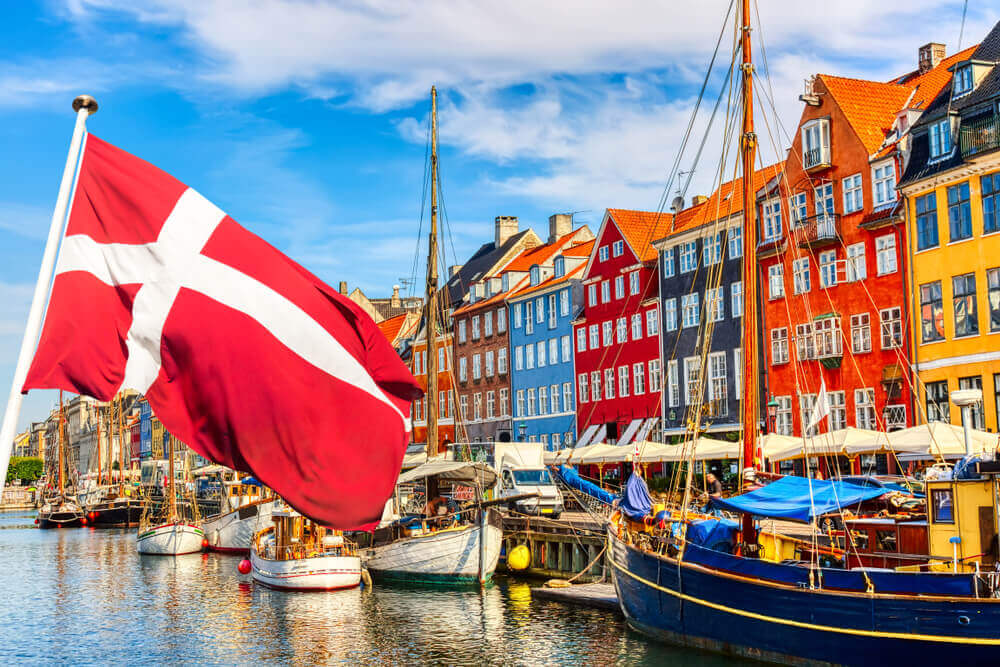




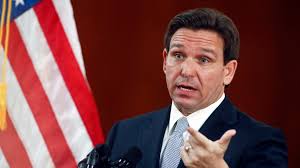





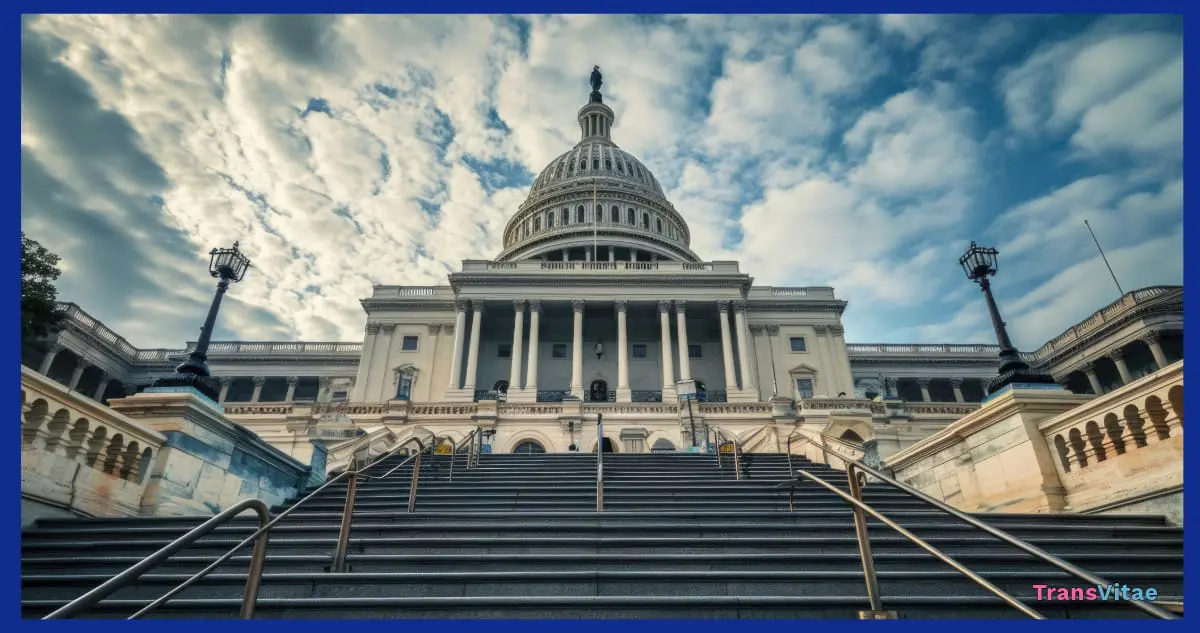




0 Comments